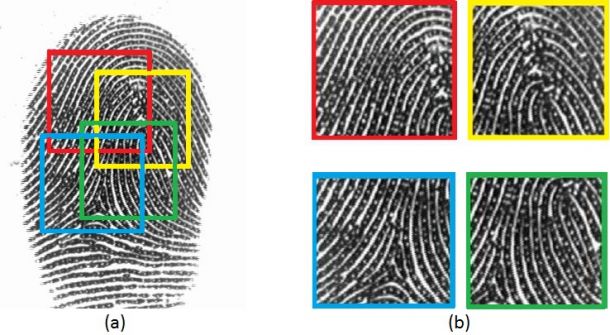

It’s easy to forget that the internet isn’t magic, and that it relies on very physical—almost banal—infrastructure to work. Hundreds of thousands of miles of undersea internet cables snake under the world’s oceans, crossing the Atlantic, Pacific, and along the coast of South America. These insulated, garden hose-like lines carry the bulk of the world’s international data traffic. Send an email overseas, and the information is likely traveling through a fiber-optic cable.
These hundreds of cables have to come on land eventually—that’s not only how they connect networks, but it’s how they receive the electricity they need to keep the data flowing. There are landing points all over the world, in places like Spain, India, and, yes, Guam.
Guam—the Pacific island about 1,600 miles from Japan— is a key landing spot for cables crossing the biggest ocean in the world. And now the island is getting four new cables, and a new, storm-resistant facility to manage them.
The steel-reinforced concrete building designed to withstand the forces of typhoons, earthquakes and tsunamis will come online in Piti, Guam, next year. The architectural protector of our cables will hold up against 170-mph wind gusts that last three seconds, or sustained breezes of 155 mph. It will also be a landing point for new submarine data cables that will connect between Guam and Japan, Hong Kong, Australia, and the U.S.
If all goes according to engineers’ plans, the facility’s metal doors could survive a four-foot-long two-by-four board winging at them at 170 miles per hour, and the electronics and generators will be elevated high enough off the ground that they shouldn’t flood even in a big storm. That’s crucial, because the structure will power the repeaters, or “optical pumps” that the cables need to boost the laser signal as it travels through the fiber, losing energy over distance.
So why Guam? Multiple subsea cables—like the one that stretches from California to Hawaii to the Federated State of Micronesia to Indonesia—already land in Piti, on the west coast of the island. Much of the traffic that arrives on Guam through these cables then transits to other cables, meaning that Guam functions as a hub, like a highway exchange in the Pacific. And of course people who live on Guam can use the web thanks to cables like these.

Then there’s the U.S. Department of Defense, which operates several military bases on the territory. “Guam has a fairly large DOD presence, as well as some other three-letter agencies,” says David Chase, the chief technical officer of a company called GTA, which is building the new cable landing site along with another firm. For the United States government, these cables aren’t just used for sending emails back home or checking Facebook—it’s likely for internal communications between DOD sites. “It’s more of a private line type-connection,” Chase says.
The cables that will come into this building will further connect Guam with places like Hong Kong and Los Angeles (a new one between the U.S. and Guam is called SxS and will span more than 6,000 miles).
Laying additional cables through Guam will add more redundancy and capacity across the Pacific. Plus, Chase adds, “Guam is really the Western-most U.S. possession facing Asia—and that has a number of [geopolitical] benefits.”
Guam isn’t the only place where things are happening with new subsea cables. Google just announced that it’ll be building a new internet cable that’s thousands of miles long and runs from Portugal to South Africa, with a branch that runs into Nigeria, too. The search giant says the same cable could serve other countries on the continent of Africa, too. It will use similar technology as another line that Google is working on between the U.S. and France.















